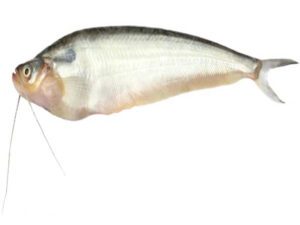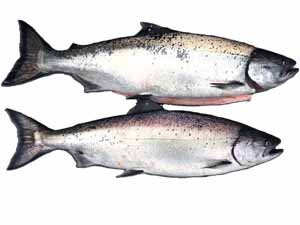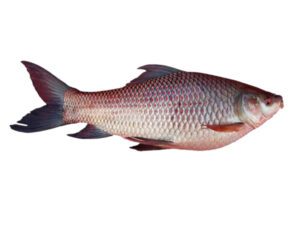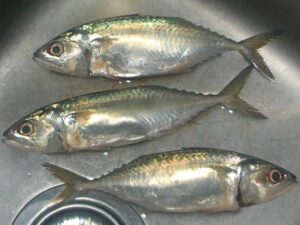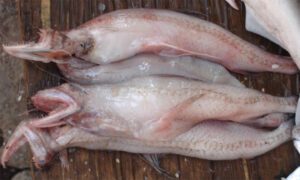The Chinese razor clam is a commercially very important species of bivalve. It is also known as the constricted tagelus, Agemaki clam and Sinonovacula constricta.
It is native to the estuaries and mudflats of China and Japan. It is extensively aquafarmed in China and other countries. Nearly 742,084 tons were harvested in the year of 2008.
Chinese razor clam seafarming started almost 500 years ago in China, mainly in the southeast region and particularly in the Fujian and Zhejiang coastal regions.
Most recently, fishermen from Shandong Province have shown great interest in this bivalve species and have established culture sites.
The Chinese razor clam is mainly distributed along the coastline of China and Japan, and generally inhabits intertidal areas with flat, muddy or sand-muddy bottoms. Read some more information below.
Chinese Razor Clam Characteristics
The Chinese razor clams are narrow, elongate calms. They are named so mainly because of their long, convex shape resembles an old-fashioned barber’s straight-edged razor.
The shell of these clams tends to be glossy with a purple region near the curving edge. A siphon is present like other bivalves.
The hole in the shell from which the syphon protrudes, has a unique keyhole shape. Photo and info from FAO and Wikipedia.
Feeding
The Chinese razor clams are filter feeders, passively intaking food organisms from the surrounding seawater by means of their filter organs.
They can, to some extent, mechanically select food particle. Observations have shown that the major food organisms in their stomach are benthic diatoms such as Nitzschia sp. Coscinodiscus sp. etc., while few spiny species have been recorded.
Breeding
Gender of the Chinese razor clam can only be distinguished during the spawning season when the reproductive organs are ripe.
The female organ has a rough surface, granular in appearance and beige in color. While the male gonad usually appears milky-white with a smooth surface.
The spawning season of the Chinese razor clam is closely related to water temperature and therefore specimens from different localities tend to spawn at different times.
In the Liaoning Province, spawning starts at the end of June. and in Fujian Province spawning season of razor clams lasts a long time from late September to the following January with the peak period occurring between mid–October and mid–November.
At intervals of about 2 weeks, the fully mature individuals can spawn 3-4 times in one spawning season. Generally a clam can lay an average of 193,000 eggs per spawning.
Uses
The Chinese razor clam is generally used for food. It is very popular as food in some countries.
Special Notes
The Chinese razor clam is well adapted for living in soft tidal substrates. Foot of these clams is larger in size and more agile than that of other clams.
They are highly sensitive to vibrations and can sense the approach of a nearby predator.
They have strong muscular foot which enables them to propel themselves out of their burrow for escaping an attack from below or to burrow quickly if a predator is attacking from above.
Chinese razor clam has a very high economic importance. It is cultivated and harvested largely for human consumption.
They are extremely hardy and strong, and it is almost impossible to remove from their substrate in one piece (as the shell can pull free from the body of the clam).
Shell’s edge of this clam is quite sharp, so attempting to pull these clams from the burrow with bare hands can be dangerous. However, review full breed profile of the Chinese razor clam in the chart below.
| Name | Chinese Razor Clam |
| Kingdom | Animalia |
| Phylum | Mollusca |
| Class | Bivalvia |
| Order | Veneroida |
| Family | Pharidae |
| Genus | Sinonovacula |
| Species | S. constricta |
| Binomial Name | Sinonovacula constricta |
| Other Names | Also known as Sinonovacula constricta, constricted tagelus and Agemaki clam |
| Breed Purpose | Mainly food |
| Special Notes | Economically very important clam, highly sensitive to vibrations, cultivated and harvested largely for human consumption, extremely hardy and strong, it’s alomost impossible to remove from their substrate in one piece, today used mainly for food, and very popular in China and Japan |
| Breeding Method | Natural |
| Body Color | Glossy with a purple region near the curving edge |
| Rarity | Common |
| Availability | Widely available in China and Japan |

